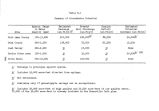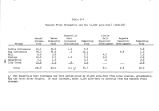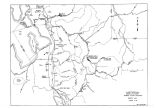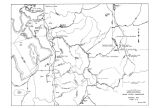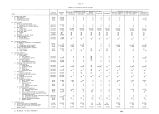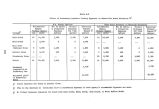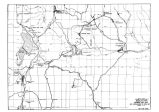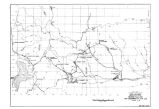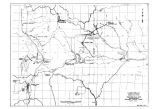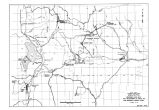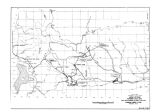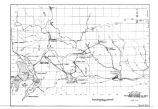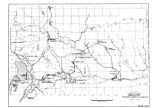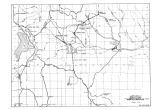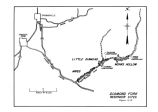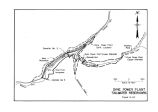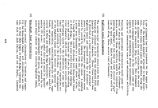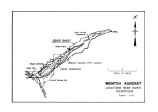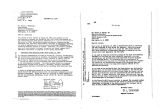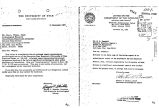| OCR Text |
Show The secondary impacts upon plants and animals would result mainly from operation of the Unit and associated recreation complexes and increased access to remote areas. Unit- induced recreational utilization of the environment near Unit features would cause increased stress upon flora and fauna which could adversely affect productivity. The transportation of water for irrigation and the drainage of marshes would produce significant vegetational changes which would be followed by faunal changes resulting from creation or destruction of habitats. Additional secondary impacts could result from interference in the behavioral patterns of birds and animals. Examples of this type of impact include disruption of deer migration routes with reservoirs or canals and interruption of waterfowl migrations through draining of marshlands. Secondary impacts on human ecology expected to occur are primarily associated with population growth and dispersal within the Bonneville and Uinta Basins. It is expected that the transbasin transportation of water would be one of several factors conducuve to additional growth along the Wasatch Front but would not restrict the potential for growth in the Uinta Basin. Associated with the growth on the Wasatch Front would be problems of air and water pollution and deterioration in the " quality of life." This aspect is not only discussed in the final statement but also in Issues 4, 19, and 26. In the final environmental statement secondary impacts are quantified where sufficient data are available. It is expected that the problem of defining, assessing, and evaluating secondary impacts will be alleviated as additional data are collected and analyzed. In this regard, it is expected that the discussion of secondary impacts of the Bonneville Unit would improve in both quality and quantity as additional environmental - statements for Unit systems are formulated. Issue 13; Under the conditions of the proposed Bonneville Unit, flows of the Uinta Basin streams intercepted by the Strawberry Collection System would be insufficient to preserve existing aquatic ecosystems. ( a) The planned average annual release of 6,500 acre- feet specifically for preservation of fish and wildlife habitat in Uinta Basin streams would be less than the 37,000 acre- feet recommended jointly by the Utah State Division of Wildlife Resources and the Bureau of Sport Fisheries and Wildlife, and 26,300 acre- feet ( exclusive of Strawberry River) recommended by the Forest Service. ( b) The environmental impacts of the reduced Uinta Basin stream flows caused by the Bonneville Unit have not been fully and objectively evaluated. Issued raised by; Utah State Department of Natural Resources Bureau of Sport Fisheries and Wildlife Forest Service Bureau of Outdoor Recreation Utah Audubon Society Trout Unlimited National Wildlife Federation 662 |


















































